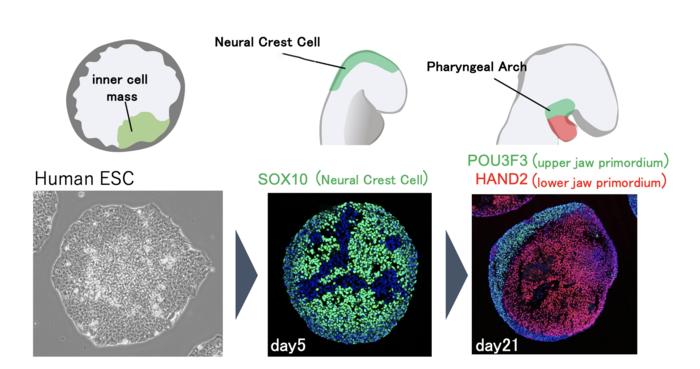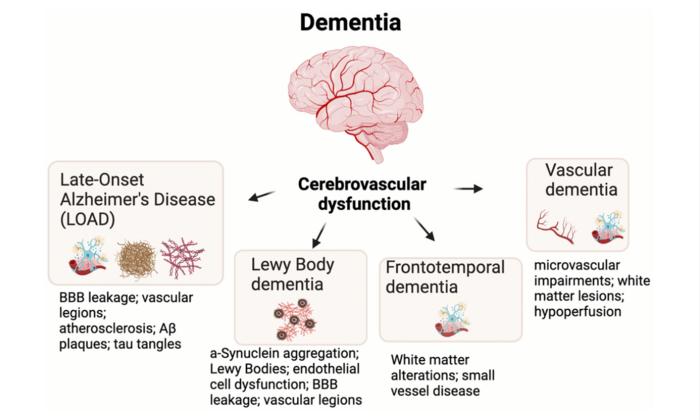APOL4 Drives Cholesterol Trafficking, Fuels Glioblastoma
In a groundbreaking advance in the battle against glioblastoma, researchers have identified a crucial molecular player that governs the metabolism of cholesterol within tumor cells, opening new pathways for targeted cancer therapy. The study reveals that Apolipoprotein L4 (APOL4), a relatively underexplored member of the apolipoprotein family, orchestrates the intracellular trafficking of cholesterol, a process […]


In a groundbreaking advance in the battle against glioblastoma, researchers have identified a crucial molecular player that governs the metabolism of cholesterol within tumor cells, opening new pathways for targeted cancer therapy. The study reveals that Apolipoprotein L4 (APOL4), a relatively underexplored member of the apolipoprotein family, orchestrates the intracellular trafficking of cholesterol, a process essential for the growth and survival of glioblastoma cells. This discovery highlights the intricate link between lipid metabolism and aggressive brain tumor progression, potentially redefining therapeutic approaches in neuro-oncology.
Glioblastoma multiforme (GBM) stands as one of the most lethal and treatment-resistant forms of brain cancer, characterized by rapid proliferation and invasive behavior. Standard therapeutic regimens involving surgery, radiation, and chemotherapy have yielded limited improvements in patient outcomes. Emerging evidence points towards metabolic reprogramming within glioma cells as a driver of malignancy, with lipid metabolism—and particularly cholesterol homeostasis—emerging as critical facets. Cholesterol is indispensable for cell membrane synthesis, signal transduction, and the maintenance of membrane microdomains, all vital facets for cancer cell proliferation.
The latest research employed sophisticated molecular biology techniques including RNA sequencing to examine gene expression changes triggered by exogenous cholesterol supplementation in glioma cell lines. The results illuminated a pronounced upregulation of APOL4 expression following cholesterol treatment. This observation prompted further investigation into APOL4’s role using clinical data from the Chinese Glioma Genome Atlas (CGGA), revealing elevated APOL4 levels in glioblastoma patient samples relative to normal tissue controls.
Functionally characterizing APOL4, the study utilized CRISPR-Cas9 gene editing to knock down APOL4 expression in glioblastoma cell cultures. The silencing of APOL4 led to a striking reduction in cell proliferation, underscoring its oncogenic potential. Complementary wound healing assays demonstrated impaired migratory capacity in APOL4-depleted cells, suggesting a critical role in tumor invasiveness. Immunofluorescence investigations further mapped the subcellular localization of APOL4 to late endosomes and lysosomes, intracellular compartments pivotal for cholesterol trafficking.
These vesicular structures facilitate the transport and distribution of cholesterol within the cytoplasm, enabling proper membrane synthesis and energy regulation essential for the heightened metabolic demands of tumor cells. By mediating cholesterol trafficking, APOL4 appears to promote the availability of cholesterol pools necessary for glioblastoma cell growth and survival. This molecular mechanism provides a potential explanation for how aberrant lipid metabolism contributes to tumor aggressiveness.
To verify the impact of APOL4 on tumor progression in a living organism, researchers developed xenograft mouse models implanted with APOL4-deficient glioblastoma cells. Compared to controls, the APOL4-depleted tumors exhibited significantly attenuated growth rates, confirming in vivo the protein’s pivotal role in glioma proliferation and malignancy. These compelling data not only validate APOL4 as a novel biomarker but also as a plausible therapeutic target.
The implications of this study extend beyond basic science and clinical prognostication, highlighting the therapeutic promise of disrupting intracellular cholesterol trafficking in glioblastoma management. Existing cholesterol-targeting agents, including statins and emerging lipid metabolism inhibitors, may be repurposed or optimized to exploit this vulnerability in tumor cells. Moreover, APOL4-specific interventions could complement current treatment modalities by crippling the metabolic flexibility that glioma cells rely upon.
Interestingly, while apolipoproteins have conventionally been studied in the context of systemic lipid transport and cardiovascular health, their intracellular functions within cancer cells have remained largely enigmatic. This research pioneers the characterization of APOL4’s intracellular trafficking role, hinting at a broader paradigm where members of the apolipoprotein L family regulate tumor cell metabolism and survival in the microenvironment.
The study’s bioinformatics analyses reinforce the clinical relevance of APOL4, with data revealing a correlation between heightened APOL4 expression and poor prognosis in glioblastoma patients. This suggests that monitoring APOL4 levels could serve as a diagnostic adjunct or predictor of treatment response, aligning with the precision medicine ethos driving contemporary oncology.
From a mechanistic perspective, the localization of APOL4 to the late endosome-lysosome system integrates with known pathways of cholesterol egress, including the Niemann-Pick type C (NPC) protein family that governs cholesterol trafficking from lysosomal compartments. Interactions or functional intersections between APOL4 and these pathways warrant deeper exploration to fully elucidate therapeutic windows.
Given the complexity of glioblastoma metabolism, targeting APOL4 may help overcome resistance phenotypes caused by compensatory metabolic pathways. Combining APOL4 inhibition with treatments that disrupt other metabolic axes, such as glucose metabolism or fatty acid oxidation, might yield synergistic anti-cancer effects and suppress tumor recurrence.
The discovery of APOL4’s role in glioma thereby represents a significant stride towards decoding the metabolic underpinnings of brain tumor malignancy. Future investigations are poised to dissect the structural biology of APOL4, delineate its regulatory networks, and develop small molecule inhibitors or antibody-based therapeutics to selectively impair its function.
In conclusion, this research not only delineates a novel molecular mechanism underpinning glioblastoma growth through APOL4-mediated cholesterol trafficking but also amplifies the clarion call to integrate metabolic targeting in cancer therapy paradigms. As lipid metabolism reemerges as a frontier in oncology research, APOL4 stands at the vanguard as both a biomarker and a beacon for innovative treatment strategies, offering hope in the confrontation with one of medicine’s most formidable adversaries.
Subject of Research: Glioblastoma, cholesterol metabolism, intracellular cholesterol trafficking, APOL4 function, tumor growth mechanisms.
Article Title: APOL4-mediated intracellular cholesterol trafficking is essential for glioblastoma cell growth.
Article References:
Zhang, M., Yang, T. & Qian, Y. APOL4-mediated intracellular cholesterol trafficking is essential for glioblastoma cell growth. BMC Cancer 25, 906 (2025). https://doi.org/10.1186/s12885-025-14316-4
Image Credits: Scienmag.com
DOI: https://doi.org/10.1186/s12885-025-14316-4
Tags: Apolipoprotein L4 in glioblastomacancer cell proliferation mechanismscholesterol homeostasis in tumorscholesterol trafficking in cancer cellsgene expression in glioma cellsglioblastoma multiforme researchintracellular cholesterol transport in tumorslipid metabolism and brain tumorsmetabolic reprogramming in gliomasneuro-oncology advancementsnovel therapeutic approaches for GBMtargeted cancer therapy strategies
What's Your Reaction?


































